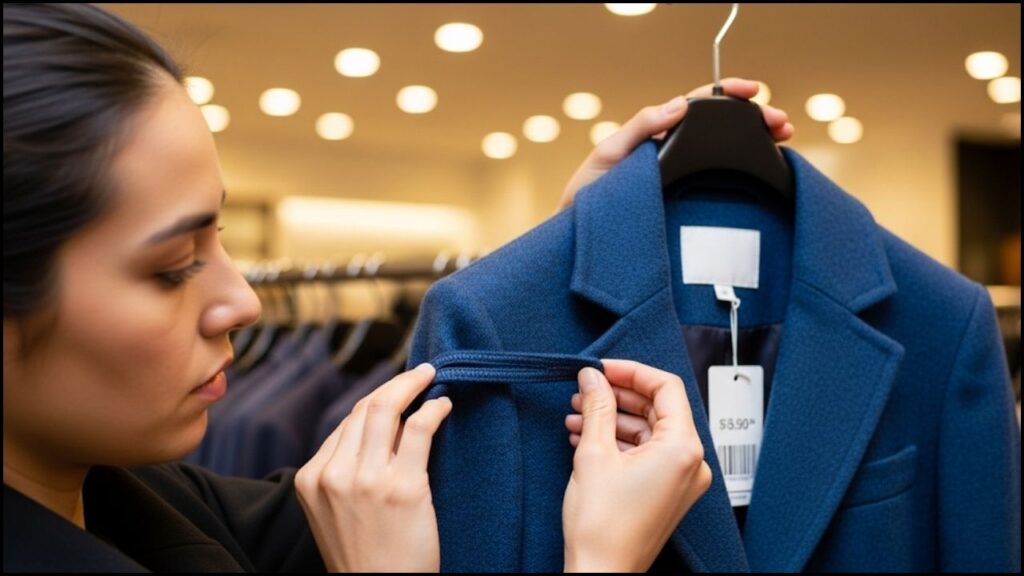The popular “one in, one out” rule, a well-known decluttering method, is being challenged by experts who advocate for more sustainable and effective strategies. While this principle once offered a simple solution for managing clutter, critics argue it can encourage a cycle of consumption rather than addressing its root causes. This shift in perspective is driven by a growing focus on mindful consumption and environmental impact.

The Evolution of Decluttering Philosophy
The concept of “one in, one out” gained widespread popularity as a straightforward way to maintain a manageable wardrobe. Proponents suggested that for every new item of clothing acquired, one old item must be donated or discarded. This simple framework helped many individuals prevent their closets from overflowing and provided a tangible method for controlling possessions. For years, it was a cornerstone of organizational advice, from minimalist blogs to mainstream lifestyle publications.
However, a new wave of thought is moving beyond this transactional approach. Experts in organizational psychology and environmental sustainability are now questioning the rule’s long-term effectiveness. They argue it often fails to address the underlying behaviors that lead to overconsumption. Instead of solving the problem, it can simply manage the symptoms, creating a sense of permission to buy more as long as a corresponding item is removed.
From Volume Control to Value Assessment
“The ‘one in, one out’ rule is fundamentally about managing volume, not about changing behavior,” said Dr. Anna Petrova, a behavioral psychologist specializing in consumer habits at the University of Cambridge. “It allows for a continuous replacement of items, which doesn’t challenge the impulse to buy. True decluttering and sustainable consumption require a deeper look at why we acquire things in the first place.”
This sentiment is echoed by environmental groups, which highlight the rule’s potential to perpetuate the fast fashion cycle. According to a 2024 report by the United Nations Environment Programme (UNEP), the fashion industry accounts for 8-10% of global carbon emissions, and much of this is driven by the constant production and disposal of new clothing. The “one in, one out” rule, while well-intentioned, doesn’t necessarily curb the overall environmental footprint if new, often cheaply made items are continually replacing old ones.
The alternative approach, favored by many contemporary experts, centers on a more holistic strategy. This new philosophy encourages individuals to scrutinize their closets not as a storage space but as a curated collection. Instead of simply swapping items, the focus shifts to a more intentional process of purging and pausing. This involves a comprehensive review of existing items to determine what truly adds value to one’s life and what can be permanently removed without immediate replacement.
The ‘One In, One Out’ Rule: Why I Ditched It
Many individuals are now opting for what could be called the “big purge” method. This involves a less frequent, but more thorough, review of their belongings. The goal is not to make room for new items but to create a more functional and meaningful collection of possessions. This process often includes three main stages: the initial purge, a period of sustained non-purchase, and the adoption of a more selective buying habit.
Step 1: The Initial Purge. This is a significant effort to remove all items that are no longer useful, loved, or necessary. Instead of a one-for-one swap, this stage is about creating space and clarity by letting go of dozens of items at once. This can include clothing that no longer fits, is damaged, or simply doesn’t align with one’s current style or needs.
Step 2: The ‘No-Buy’ Period. After a major decluttering, many find a “no-buy” period of 30, 60, or even 90 days to be highly effective. This period helps break the cycle of impulsive purchasing and forces individuals to use what they already have. This pause fosters a greater appreciation for existing items and provides a buffer to reconsider future purchases.
Step 3: Intentional Acquisition. When new items are eventually bought, the decision-making process is different. Instead of a quick, unthinking transaction, the purchase becomes an intentional act of adding something of genuine value to the wardrobe. This often leads to buying higher-quality, more durable items that are meant to last, rather than disposable fast fashion.
This approach is not about deprivation but about freedom. It frees up physical space, reduces mental clutter, and can even save money over time. It shifts the mindset from a constant quest for what’s new to a deep appreciation for what’s already owned.

The Economic and Environmental Implications
The trend away from the “one in, one out” rule has broader implications for both the economy and the environment. As consumers become more deliberate in their purchasing, the fast-fashion business model, which relies on high volume and low cost, may face increased pressure. Companies like Patagonia and Eileen Fisher, which focus on product longevity and ethical sourcing, may see their market share grow as a result of this shift in consumer behavior.
The secondary market for clothing, including consignment and resale shops, is also benefiting. Platforms like The RealReal and Poshmark have seen significant growth, with a report from the Boston Consulting Group projecting the global resale market to reach over $70 billion by 2026. This growth is a direct reflection of consumers’ desire to reduce waste and find value in pre-owned items, moving away from a constant cycle of new purchases.
This philosophical shift is not just about decluttering a closet; it’s part of a larger cultural movement toward minimalism, sustainability, and mindful living. It represents a deeper critique of modern consumer culture and a desire to live with less, but better.
Can You Wash Pillows in the Washing Machine? Here’s What Laundry Experts Say
